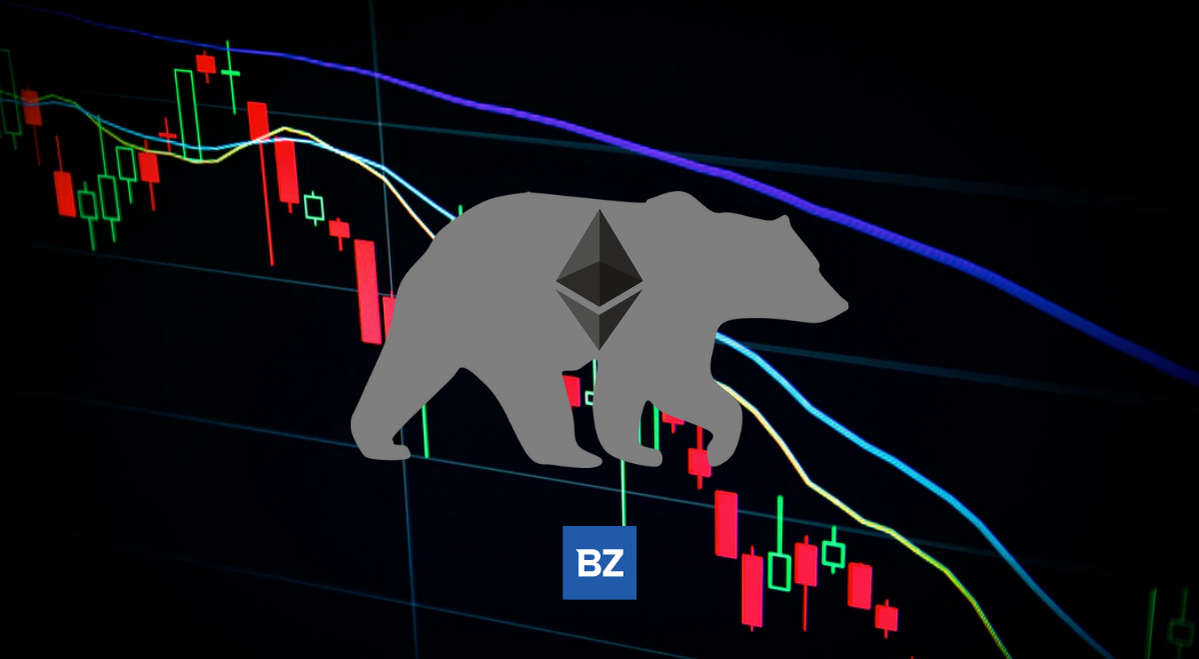Ethereum Down More Than 4% Within 24 hours Benzinga, Ethereum, Bollinger Bands by https://www.benzinga.com/

AI Insights:
Simple Explanation:
Ethereum is a type of digital money that people can use to buy things or trade with others. It's called a cryptocurrency because it uses special codes to make sure the transactions are safe and fair. Sometimes, the value of Ethereum goes up or down depending on how many people want to buy or sell it. In the past 24 hours, less people wanted to buy or sell Ethereum, so its value went down by 4.38%. This has been happening for a while, as the value of Ethereum has gone down by 5% in just one week. The picture below shows how much the value of Ethereum changed over different periods of time. The wider the gray bands around the lines, the more the value of Ethereum moved up or down. This also means that there is more uncertainty about how much it will be worth in the future. The number of people who have Ethereum has gone up a little bit, but not many people are trading it right now. The total value of all the Ethereum is still very high, at $284.70 billion, making it the second most valuable cryptocurrency after Bitcoin. Read from source...
Critical Perspective:
- The title of the article is misleading and sensationalized, implying that Ethereum has dropped significantly in a short time span, when in fact it is only 4.38% over 24 hours, which is not an unusual fluctuation for a volatile cryptocurrency like ETH. A more accurate title could be "Ethereum Down By Less Than 5% Within 24 Hours".
- The article does not provide any clear context or reason for why Ethereum has decreased in price, nor does it offer any analysis or insight into the possible causes or consequences of this trend. It simply reports the facts without any interpretation or explanation, leaving the reader to wonder what is going on with ETH and why it matters. A more informative article would include some background information on the current state of the cryptocurrency market, the performance of other major coins, and the factors that could influence Ethereum's price in the future.
- The article uses vague and ambiguous terms to describe the price movement and volatility of Ethereum, such as "continuing its downward trend" and "the gray area is at any given moment". These phrases do not convey any specific or meaningful information about the coin's performance or potential, but rather create a sense of uncertainty and confusion for the reader. A more effective article would use clear and precise language to describe the data and indicators that show how Ethereum's price has changed over time and what it could mean for its future prospects.